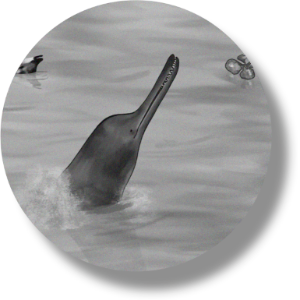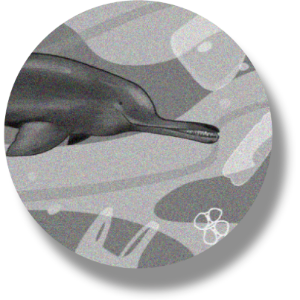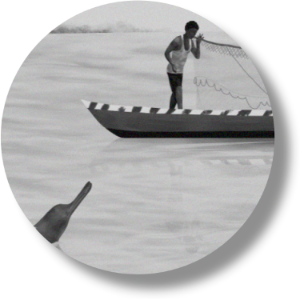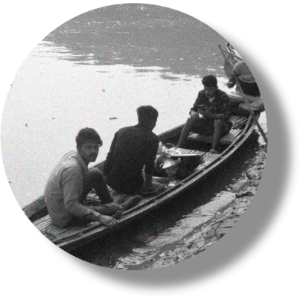
Population assessments of target species
Field studies are conducted to estimate the population of the target species over the course of time in order to assess the status of the target species and to assess trends in their population in terms of abundance, sex ratio and distribution. These population exercises are conducted for the Ganges river dolphins, fish, water birds, turtles, other herpetofauna, small riverine mammals like otters and planktons.

Habitat quality assessment
Habitat quality is measured and assessed to understand the potential effect of these habitat parameters on the suitability of the region for the target species. This is carried out by determining water quality pointers such as the physico-chemical properties of the water, the prevalence and quantity of the pollutants especially the organo-phosphates and mapping the usage of the water for anthropogenic activities to track back the reasons for particular habitat qualities obtained.

Threat assessment
Threat assessment studies are carried out to identify the impact of anthropogenic activities on the target species and their habitats. This is carried out by identifying the sources of mortality or factors that degrade the habitat quality for the target species. This includes fish market surveys to identify the level of fishing, in other words, the status of the prey base for the dolphins. It also includes assessing the underwater acoustic environment – e.g., the impact of boat noise.

Testing mitigation measures
One of the conservation approaches is to mitigate threats. One of the current researches focus on understanding how the use of acoustic alarms can deter the dolphins from nets, thereby, reducing chances of dolphin net entanglement.

Community participation
One of the objectives is assessing and improving community participation in conservation through social surveys, citizen science initiatives, awareness programs and workshops. A Dolphin Conservation Network is also been established who actively participate in conducting dolphin surveys and in fish market surveys to assess the fish catch trend over the years.

